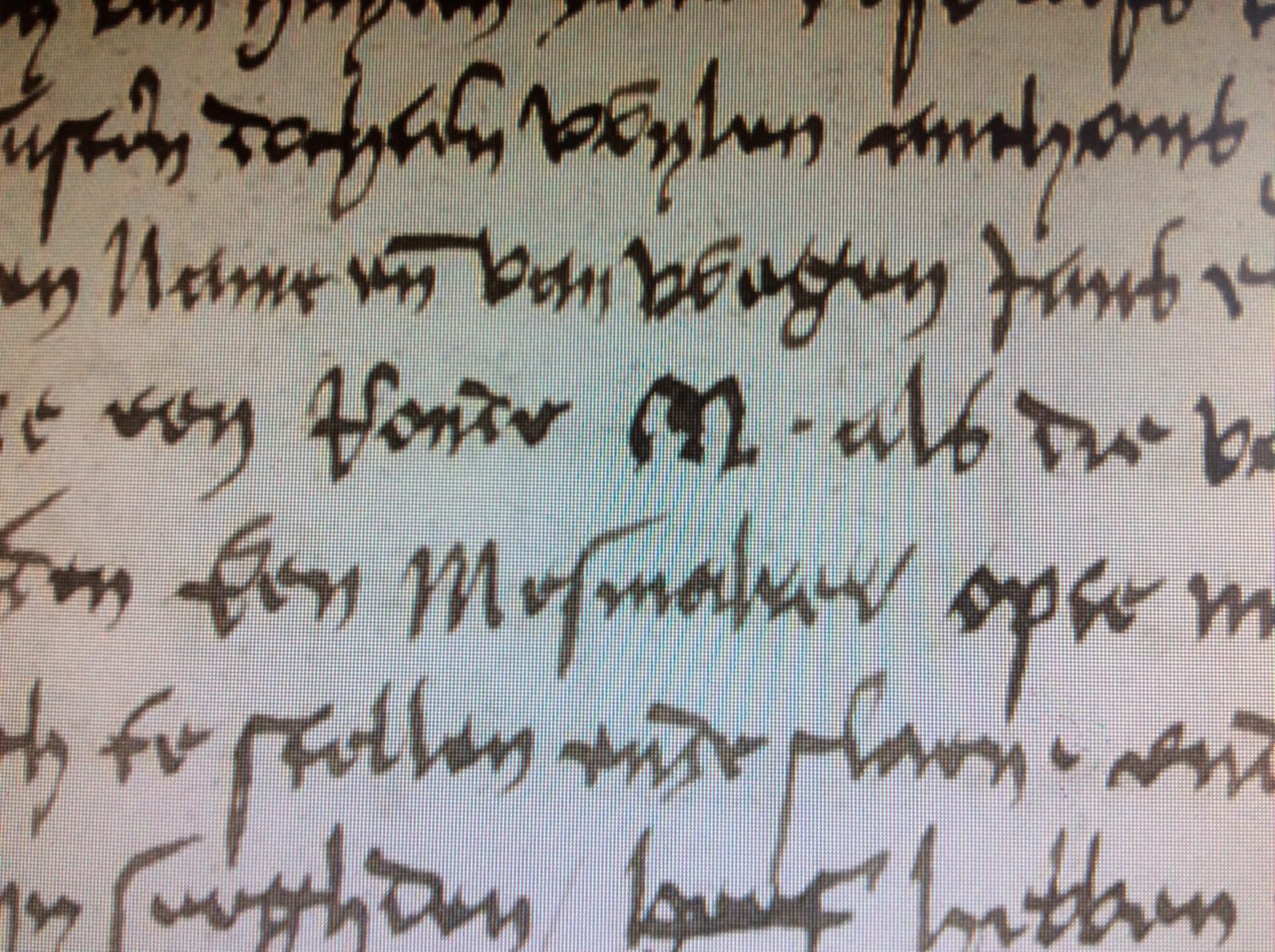
Van Dijck 2016b
“Het mes van de Tuin der Lusten” (Lucas G.C.M. van Dijck) 2016
[in: Bossche Kringen, vol. 3, nr. 5 (September 2016), pp. 46-49]
Translation of the title: The knife of the Garden of Delights. A number of Bosch’s paintings (the Garden of Delights triptych, the Vienna Last Judgement triptych, the Bruges Last Judgement triptych) show knives with a logo on them. An act in the Bosch’ Protocol (the archives of the ’s-Hertogenbosch bench of aldermen) informs us that this logo can be attributed to the ’s-Hertogenbosch producer of knives Anthonius Jonckers, also known as Van den Grave (who died shortly before 1529). In 1538, Anthonius’s children sell the logo to another producer of knives, Anthonius van Tuyl. The act (R. 1330, fol. 22v, 8 November 1538) describes the logo as ‘a round M’. Until 1541, the ’s-Hertogenbosch producers of knives were allowed to use their own logo, after 1541 this was obligatory. The Groot Tuighuis (a museum in ’s-Hertogenbosch) owns a (small) knife with a big M logo, which was found during archaeological excavations.
Anthonius Jonckers was the son of the producer of knives Marcelius van de Grave aka Jonckers, who died circa 1497. Anthonius inherited the workshop from his father. It is not certain that the Bosch paintings showing a knife with an M date from after 1497, because we do not know whether the father already used the logo or not. The M could refer to the father’s first name (Marcelius), and the first name of his wife (Anthonius’s mother) was Maria (Mary).
[explicit 26th January 2018]